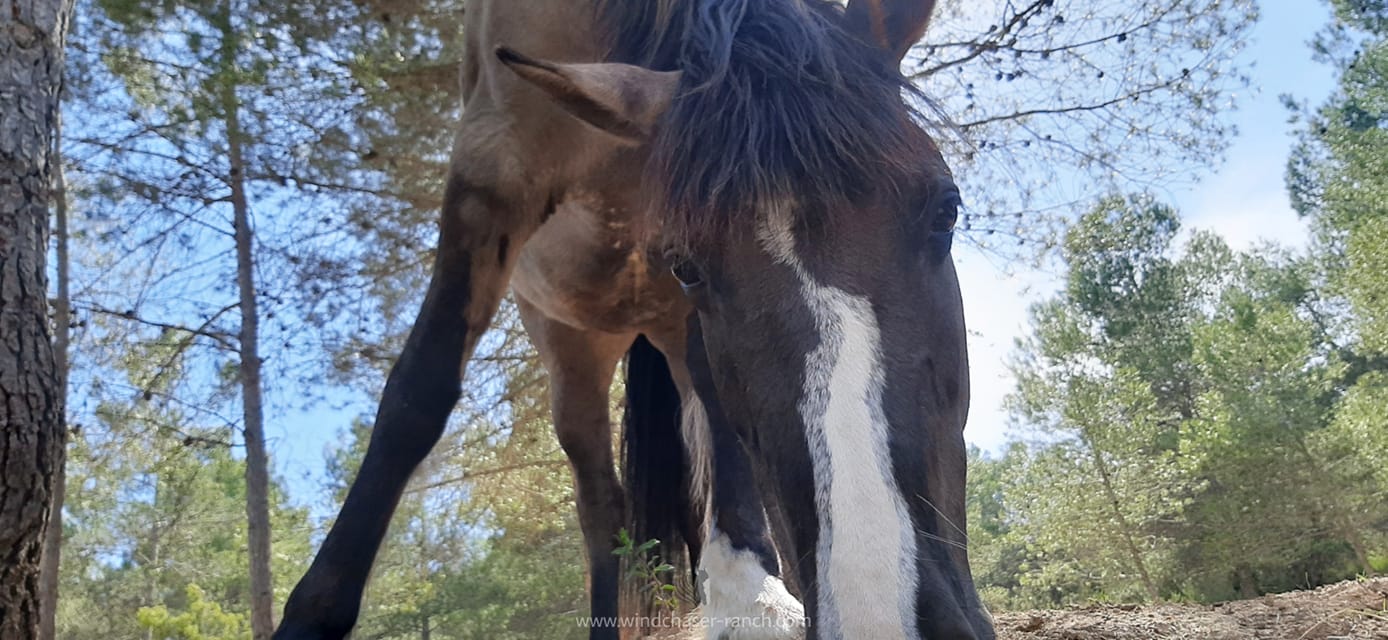When we first start working with horses, it’s easy to focus on the basics—feeding, grooming, riding—but there’s a deeper layer that often gets overlooked: understanding your horse’s natural world. By understanding the behaviors that make your horse who they are, you can start to build a relationship rooted in trust.
The Nature of the Horse
Horses are prey animals. This simple fact shapes much of their behavior. In the wild, horses rely on their instincts to stay safe, constantly aware of their environment and quick to respond to anything that might signal danger. Even though your horse may live in a paddock, these instincts are still very much alive.
Horses are also herd animals. They find safety and comfort in a group, looking to one another for reassurance. As humans, we can step into this role, becoming someone they trust and feel safe with, but it takes time, patience, and understanding.
Why This Matters
If you’re a beginner, new to horse ownership or returning after a break, understanding the natural instincts of your horse is key to forming a strong connection. Horses communicate through body language—ears, eyes, tail, and posture—and understanding these signals can help you better “hear” what your horse is saying.
When you get a handle on this you stop working against them. Instead of expecting a horse to behave in a human way, you learn to meet them where they are, making your interactions smoother, and enjoyable for both of you.
How to Start
- Observe in the Field: Spend time just watching your horse. Notice how they move, how they interact with other horses, and how they react to different situations.
- Learn Body Language: Pay attention to the small signals. What do pinned ears mean? What does it mean when they lick and chew? Understanding these things will help you know how your horse is feeling.
- Respect Their Space: Horses are sensitive to personal space. Be mindful of how you approach and handle them, always watching their reaction to know if they’re comfortable or uneasy.
- Practice Patience: Building a bond with your horse based on trust and understanding takes time. Let the process unfold naturally, without rushing.
Final Thoughts
Understanding your horse’s natural world is the first step in creating a deeper connection. It’s not just about controlling or training—it’s about learning to see the world through your horse’s eyes. When you do, you’ll find that your relationship grows stronger, built on a foundation of trust and mutual awareness.
For anyone just beginning their journey, this knowledge is a powerful tool. It will guide you as you navigate horse ownership, making the experience more rewarding for both you and your horse.
Take Care

Join the us as we STAND UP FOR YOUR HORSE and access over 100 years of combined experience for just 7 euros a month? It might sound unbelievable, but it’s absolutely possible.


0 Comments